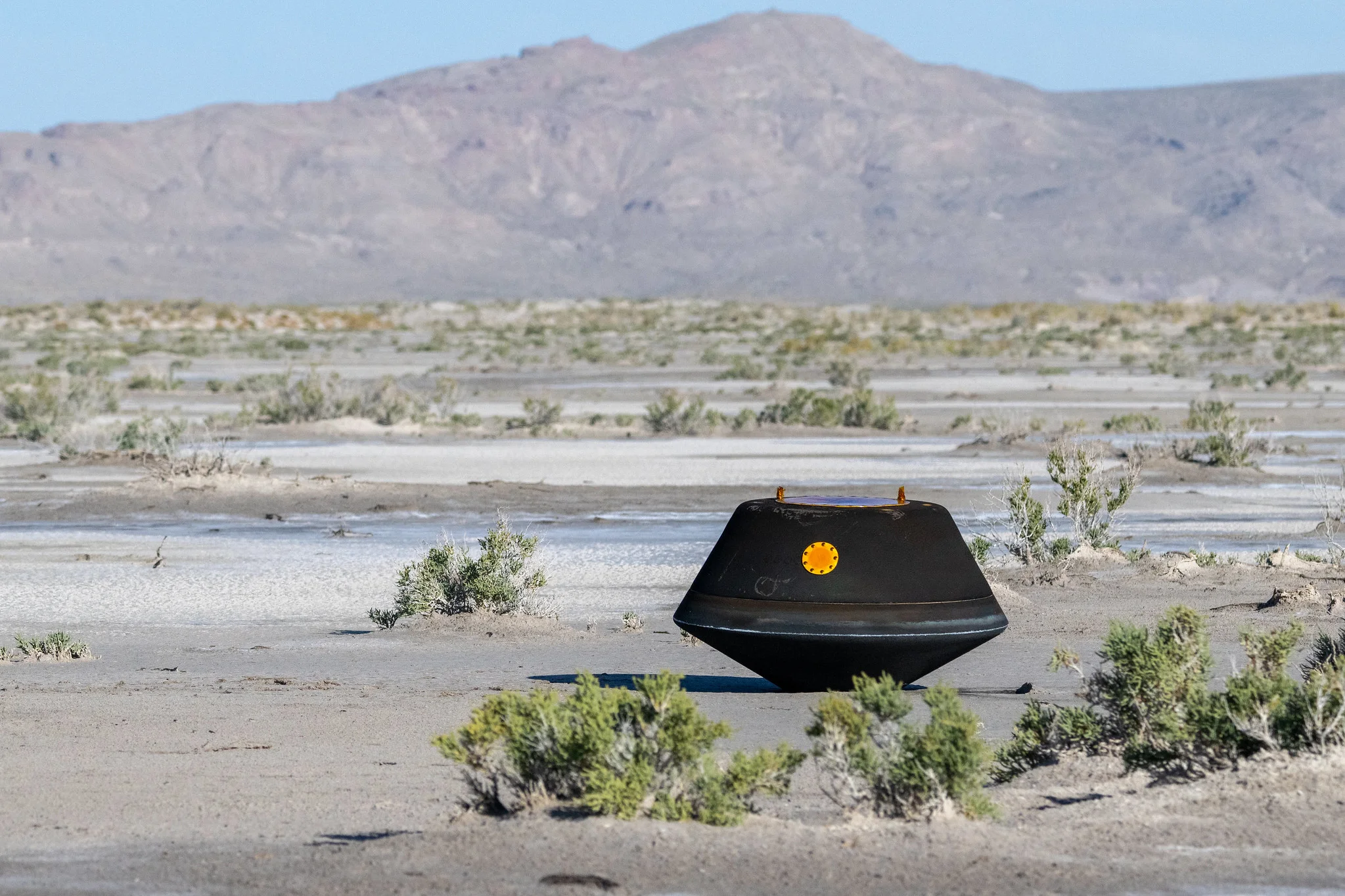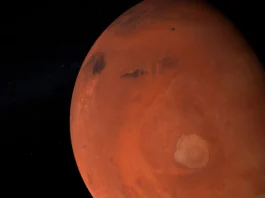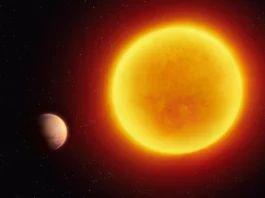A Cosmic Time Capsule Lands in Our Backyard
In a milestone for space exploration, NASA’s OSIRIS-REx mission returned samples from the near-Earth asteroid Bennu—a pile of cosmic rubble that turned out to be far more interesting than scientists first imagined. Bennu’s surface dust and rocks, collected in 2020 and delivered to Earth in 2023, have already begun rewriting our understanding of how life’s ingredients may have formed and traveled through the solar system.
DNA and a Multivitamin in Space
Early studies on Bennu’s samples revealed they contained all five fundamental nucleobases—the molecules that build DNA and RNA—alongside 33 amino acids, including 14 that form proteins here on Earth. Many of these organic compounds and minerals were discovered in a pristine, uncontaminated state, protected from atmospheric entry and Earth’s environment. Researchers liken Bennu’s cargo to a “multivitamin supplement” for early life, showing an abundance of nitrogen, carbon, ammonia, and even pockets of liquid water in the asteroid’s ancient past.
“We now know from Bennu that the raw ingredients of life were combining in really interesting and complex ways,”
– Tim McCoy, Curator of Meteorites, Smithsonian Museum
Clues to Life’s Origins
The presence of both water-bearing minerals (phyllosilicates, carbonates) and prebiotic compounds strengthens a long-held theory that the building blocks of life may have first hitchhiked to Earth on asteroids or comets. Bennu’s parent body is believed to have been about 4.5 billion years old, likely forming in a cooler, more distant region of the solar system where water ice and ammonia were stable. Over time, these ice deposits melted into a brine—like the salty crusts of a dry lakebed—allowing more complex chemistry to happen.
The “Soup of the Elements”
Among Bennu’s newly identified minerals is sodium carbonate, a substance we commonly encounter on Earth in baking soda. On the parent asteroid, sodium carbonate combined with other salts and minerals in pockets of liquid water. These “brines” could act like cosmic test tubes, producing a stew of chemicals that have the potential to assemble into the precursors of life.
“We have discovered that next step on a pathway to life. But we don’t know how far along that pathway this environment could allow things to progress.”
– Tim McCoy
A Pristine Laboratory
Unlike meteorites, which can be degraded by Earth’s atmosphere and contamination, Bennu’s samples were sealed in a spacecraft capsule. Scientists describe them as the cleanest extraterrestrial material ever studied. With roughly 120 grams (over four ounces) of asteroid material to work on—more than double the expected haul—dozens of researchers worldwide are diving into this once-in-a-generation opportunity to map out the early solar system’s chemistry.
Our Search Continues…
From NASA’s press conferences to published findings in Nature and other journals, one point is clear: these initial results are just the beginning. Bennu’s brine-laden rock fragments and their rich mix of organic molecules bring us closer to understanding how life might arise—even in far-flung reaches of space. Similar brines might still exist on celestial bodies like Ceres or Saturn’s icy moon Enceladus, offering future missions a chance to test whether cosmic chemistry can push the “building blocks” even further down the path toward life.
Header image By NASA/Keegan Barber





